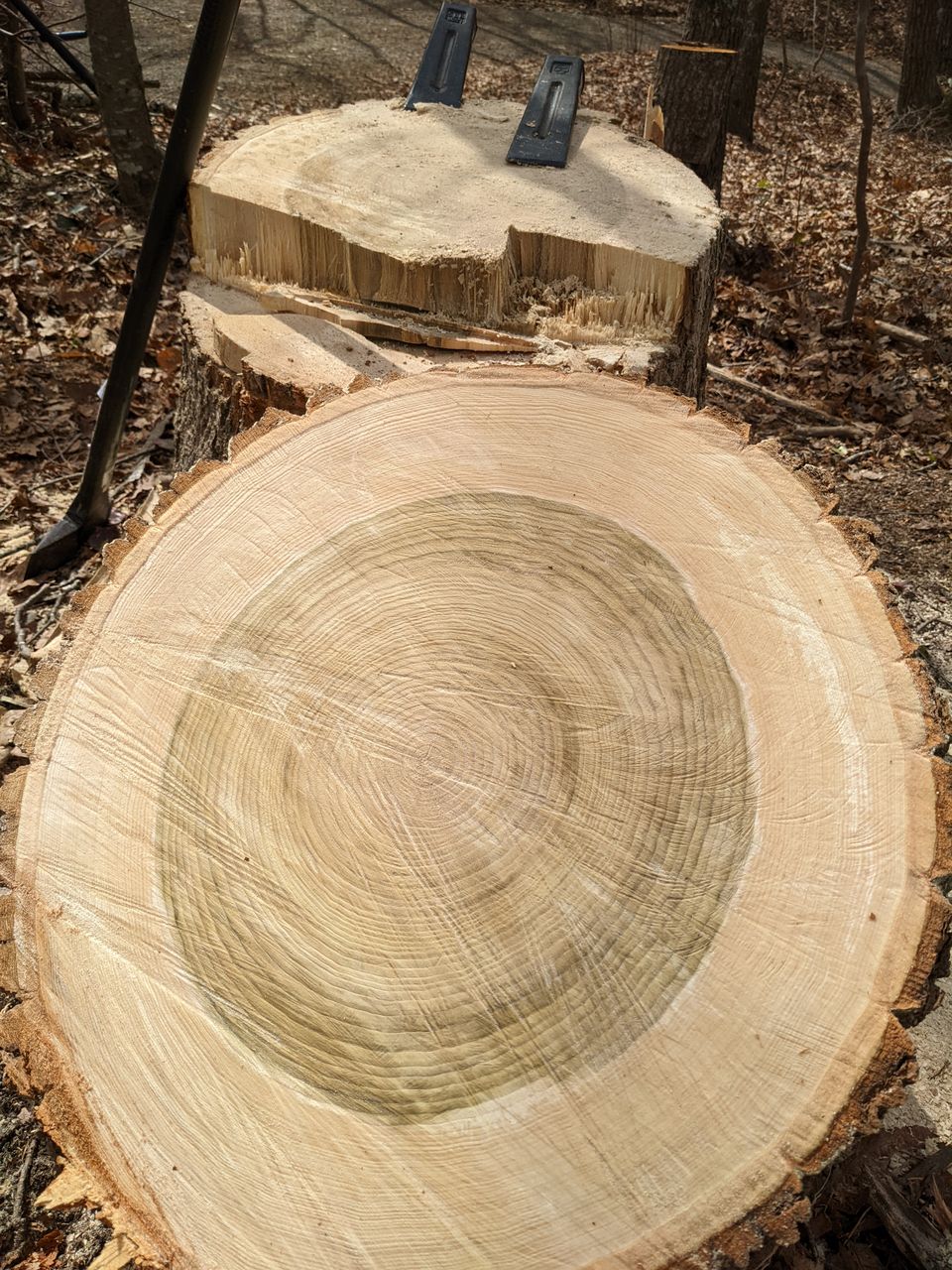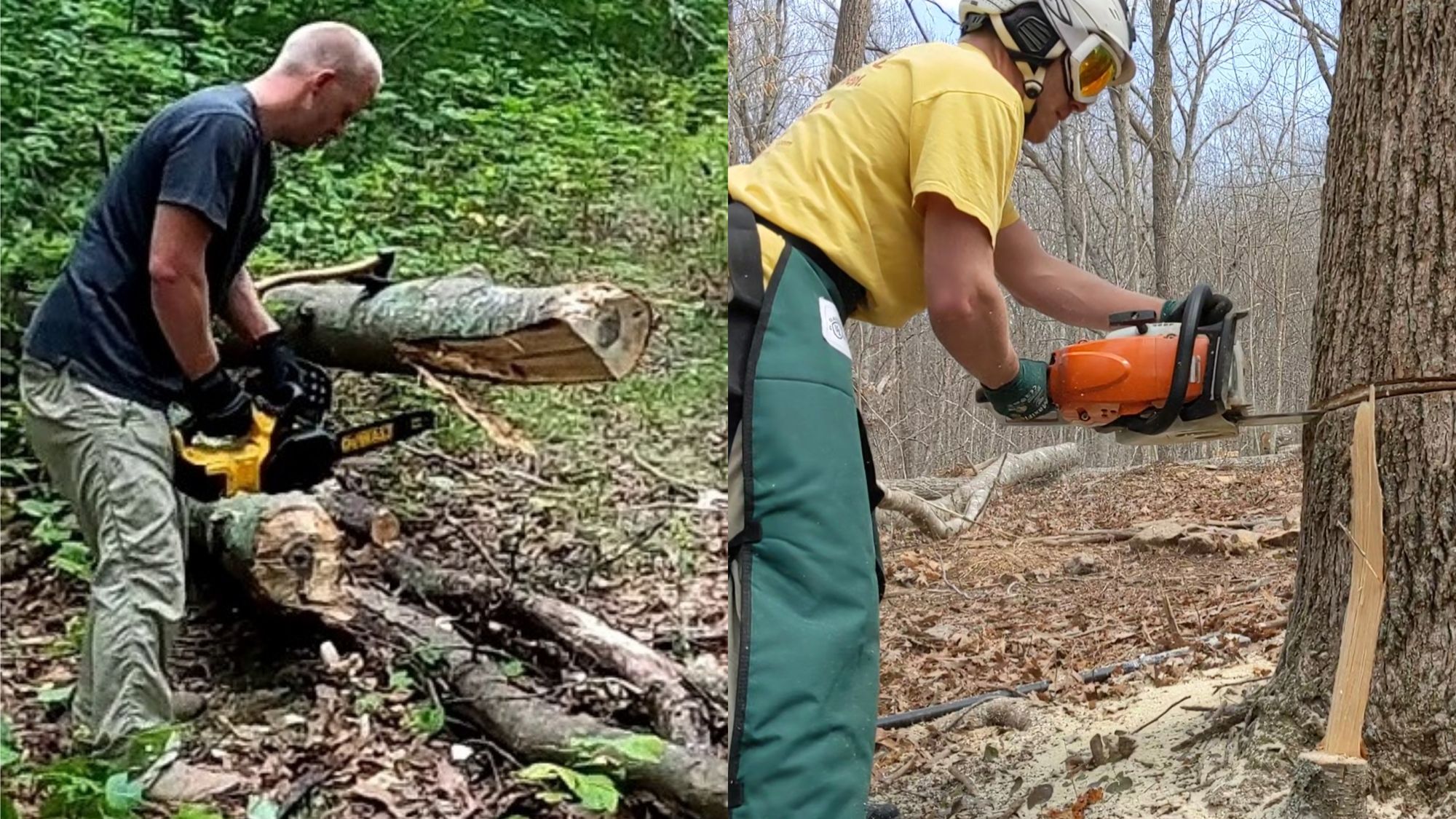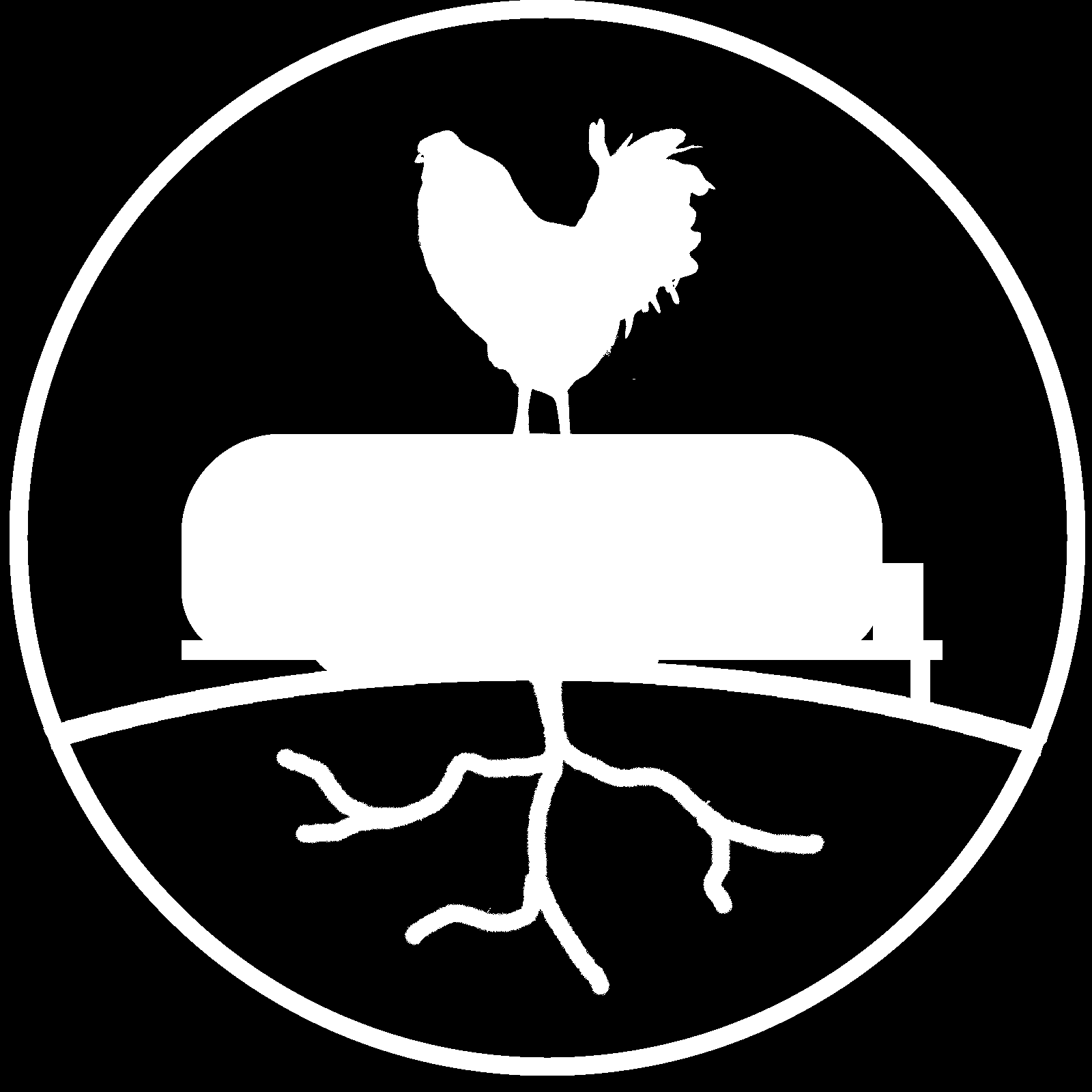Start Small, Grow From There

When we want to accomplish something or learn something new, we often start large. This is one of those things that so many of us struggle with when attempting something new. We want to take a large bite before we know how to chew. Now, starting large has its time and place, especially when it comes to emergency situations, but it is not the ideal way to begin an endeavor or master a new skill. I think if we grew up on a farm or homestead we would know this by heart. Let's start this week's article with an example of how nature starts small and grows to accomplish big things. Let's start with a poplar seed.
Seeds of Accomplishment
The yellow poplar seed is approximately a centimeter in size. It germinates in the darkness and comes up out of the earth the tiniest little thing. From there it will grow 3 to 5 feet per year. It is going to face all types of adversity in the process, but it will be scaled down from a grown tree experiences. It's going to be hit by high winds, periods of drought, freezing winters, and blistering summers. All of these making it stronger and more resilient along it's growth path. Poplar trees are anti-fragile. The adversity makes them stronger. The challenges they face in the beginning and along the way prepare them for the larger challenges they face as they grow. After 30 or so years, the poplar will grow to be a hundred feet tall and 2 feet wide at its base. It will tower over the surrounding Appalachian forest. These trees are known to continue standing for up to 250 years on the record. While they are relatively fast growers, poplar trees do not get to this massive size overnight. For if they did, they would not stand long. They start small and they face smaller challenges before they learn to endure those wild cross-winds blowing 100 feet up above the ground.
If a tree can grow strong, so can your skills. Follow the poplar's example. Start small.
Tree Mentorship
You don't need to spend any money on self-help books to reach reach your goals. You merely need to observe a tree and emulate. Let's extrapolate what we've learned from our 100-ft tall poplar so we can use it for our skill growth.
- Start simple (sapling challenges)
- Accept the adversity (shade, snow, wind, heat)
- Grow above as you grow below (strong roots make strong trees)
- Take breaks (think seasons)
- Work with your community (tree guilds)
- Leave behind a legacy (spread seeds)
Skill Growth at Strand Farm
When we started Strand Farm 7 months ago, one of our very first challenges was to get past a fallen tree. It was a fallen Fraser magnolia that was partially blocking the driveway. 7 months ago was one of the first times I had used a chainsaw. Did we have a Stihl MS291 with a 20-in bar 7 months ago? Nope. We had an electric DeWalt 12-inch bar. Start small/simple. I felt overwhelmed and it took me nearly 2 hours to limb the tree. Even though I had read the manual, it still took me quite a while to get my cuts right. That poor bar got pinched so often. After that experience I put the chainsaw away and didn't touch it for a month. The thought of having to fell standing trees made me quite uncomfortable. Boy, did we have a ton of large standing trees on our homestead that needed to come down.
Taking a break, I set to work researching tree felling techniques on YouTube. I also dove into the tree felling section of this wonderful bushcraft book I have referenced so many times since we started homesteading. One month after clearing that tree from our driveway William from Perma Pastures Farm came over to our homestead to conduct our permaculture design plan. While William was here at Strand Farm, we asked him if he would cut down a tree or two to show us how it's done. To which, of course, he obliged with zero hesitation. This was an excellent experience for two reasons. We got to see a veteran fell a tree and we got to learn how to troubleshoot when trees do not fall the way we intend them to. The latter was the most important in that not every tree is going to fall perfectly no matter how good you are at doing it. By the time William left, I was excited to practice my new insights into tree felling.
I've grown my tree felling skillset little by little over the last 7 months. In the process, I also grew my equipment from a hobbyist's electric 12-in bar chainsaw to a ranchers 20-in bar gas powered chainsaw. Starting with a small saw was a big help too since the limited size and power kept me working with smaller trees. I started with 2-inch diameter trees and have now worked myself up to my first 2 ft diameter tree.

That beautiful old poplar we talked about at the beginning of the article fell by my saw last week [click here to access the YouTube video]. I cut it down the same way I cut down all the trees before it but with a stronger skillset compared to that very first tree seven months ago.
Was it perfectly executed? Nope. My wedge cut was a little too shallow. I cut too deep into my hinge wood. I had to use felling wedges to finish. The tree fell about 5° off of my intended footprint. It was far from perfect but good enough to learn from. I am growing like a Poplar! Felling trees is a lifelong learning skill and I will strive to improve it until my time is up. Before I leave, I will pass, like seeds, my knowledge to those around me who also want to grow. Whether you are learning to cook, raise chickens or cut down a tree use the poplar method. Germinate your skillsets and grow strong over time.
